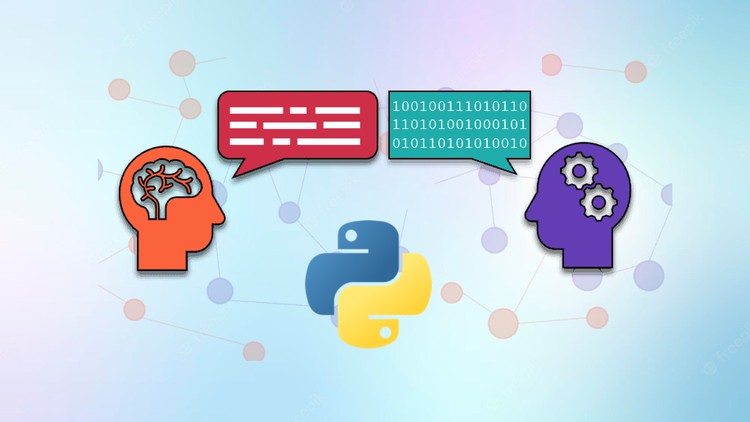
One of the most important techniques in Natural Language Processing to represent text as meaningful numerical vectors
What You Will Learn
Semantics and context in text data
Why it’s important to embed texts
Embedding libraries in python
How to find text similarity
Requirements
-
Awareness of Natural Language Processing
Description
Natural Language Processing (NLP) is a subfield of Artificial Intelligence and Machine Learning where we work with unstructured text data – human or machine generated. If you are new to AI and ML space and would like to know where exactly NLP fits in the bigger picture, I would like to suggest the course “Applied ML: The Big Picture”
But once you’ve arrived here with the interest in NLP, I’d like to say you’ve taken the right step of knowing more about this interesting and challenging field. The language we speak is rich in information across several dimensions and to even realize these dimensions is a research exercise in itself. For this reason, NLP data is one of the most exciting data one can work with, while developing ML models.
Embeddings are just techniques that attempt to decipher some of these dimensions and put them into numerical format. It’s the first and most important step before getting into advanced NLP algorithms and tasks such as machine translation, chatbot development etc.
This course provides the learner the foundational concepts along with two coding exercises, with attached jupyter notebooks, to provide a practical experience on the purpose and usefulness of text embeddings. Hopefully this inspires and prepares the learner to explore more topics in the interesting field of NLP.
Who this course is for:
- Developers, Data Scientists, Machine Learning Engineers starting out in NLP